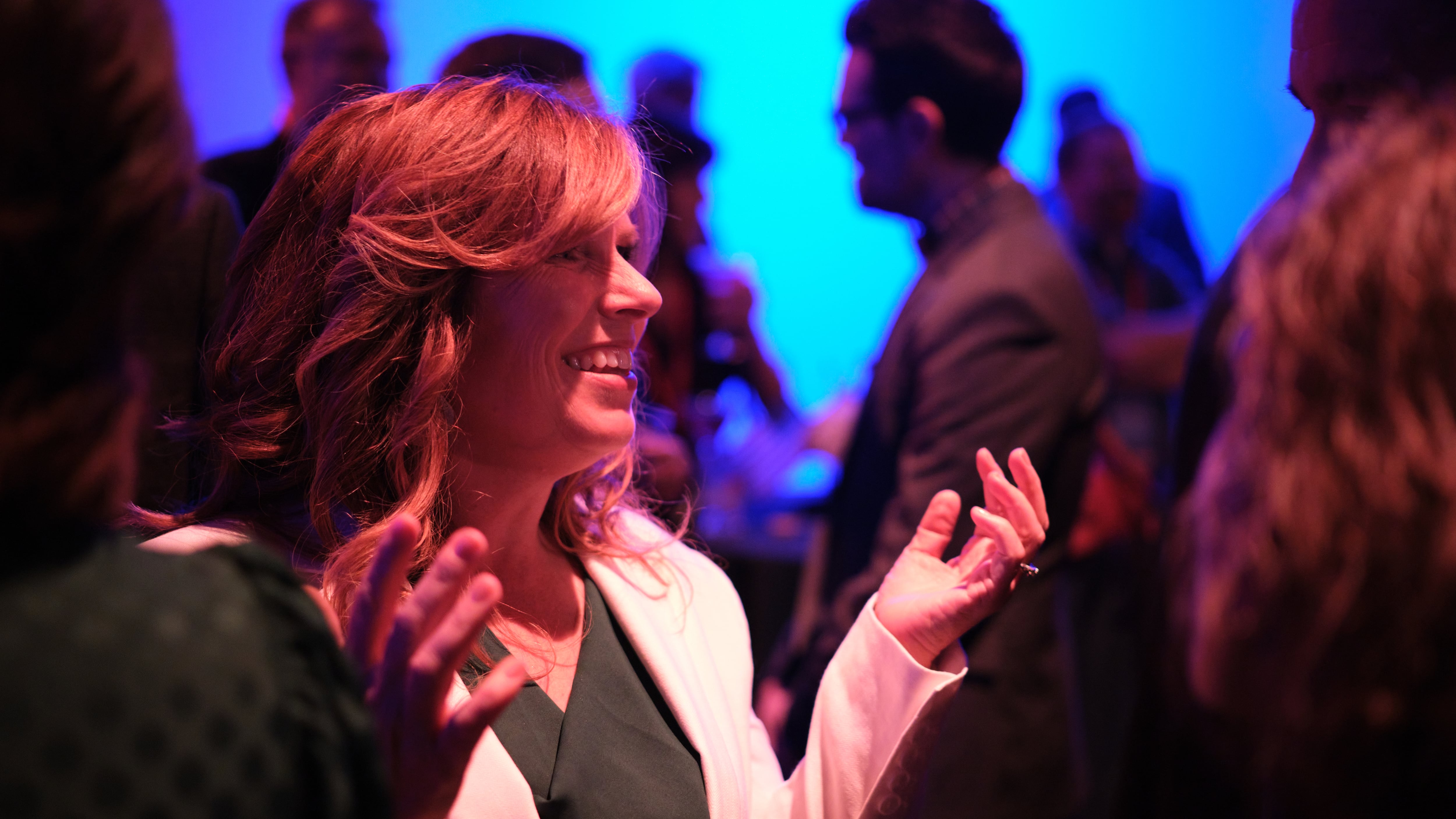An independent poll conducted earlier this week in the governor’s race produced similar findings to a raft of other surveys released recently: The race, according to pollster Tim Nashif, is a “toss-up.”
The cellphone and landline poll of 684 voters on Oct. 17 and 18 found that Republican Christine Drazan is at 37%, Democrat Tina Kotek is at 35%, and unaffiliated candidate Betsy Johnson is at 17%, with 12% of respondents undecided. The margin of error is plus or minus 3.8%.
The poll, conducted by the Hoffman Research Group, a division of Gateway Communications Inc., was not conducted for any of the campaigns, although Hoffman typically polls for conservative clients.
(The Oregonian today released a poll conducted for Kotek’s campaign that found Kotek with 40%, Drazan with 38%, and Johnson with 14%.)
Tim Nashif, CEO of Gateway Communications and the Hoffman Research Group, has been polling in Oregon since 1984. He says Johnson’s presence in the race changes the dynamics in ways that make it hard to predict the outcome.
For instance, the poll’s crosstabs show that those voters who say they’ll vote for Drazan or Kotek are highly committed: About three-quarters said they won’t change their minds. Johnson’s support is much softer: About half of those who support her said they might change their minds.
Nashif also found that the percentage of people who view Drazan positively exceeds those who view her negatively by 3 points. For Kotek, negatives exceed positives by 12 points. Those figures are mirrored in each candidate’s hold on her party: About 80% of Republicans say they’ll vote for Drazan, while just 68% of Democrats say they’ll vote for Kotek. And more Democrats (7%) say they’ll vote for Drazan than Republicans (1%) who say they’ll vote for Kotek.
“For Drazan, it looks positive on every front,” Nashif says.
Nashif notes that despite those advantages for Drazan, however, the race remains a dead heat for one simple reason: the sizeable Democratic voter registration advantage.
The most recent registration figures show that registered Democrats outnumber registered Republicans by 282,000, or about 9.5 percentage points.
“I think Kotek has a path to victory,” Nashif says. “It’s all tied to voter registration. When you have that massive difference in voter registration, it’s very difficult to over overcome.”
A wild card, Nashif adds, is the vast number of unaffiliated voters, who for the first general Oregon election ever, outnumber the membership of any party.
Ballots for the Nov. 8 general election will be mailed later this week.
Correction: This post originally misidentified the ownership of Hoffman Research Group. WW regrets the error.

